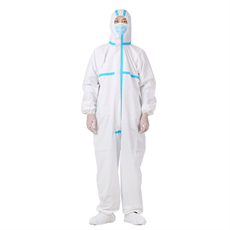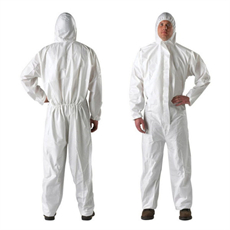The design of surgical gowns has evolved significantly over time to meet the changing needs of healthcare professionals and advancements in medical practices. The evolution of surgical gown design can be traced through several key stages:
- Early History (19th Century):
- In the 19th century, surgical attire was often a reflection of the prevailing fashion, with surgeons wearing street clothes and aprons over them.
- Sterilization practices were rudimentary, and infection control was not a primary consideration.
- Late 19th to Early 20th Century:
- As understanding of germ theory and the importance of aseptic technique grew, there was a shift towards more specialized surgical clothing.
- Surgeons started wearing white attire, and the use of sterilized gowns and drapes became more common.
- Gowns were typically made of cotton or cotton blends.
- Mid-20th Century:
- Disposable surgical gowns were introduced in the mid-20th century. These gowns were made of non-woven materials such as paper and later polypropylene.
- Disposable gowns were more effective at maintaining sterility and reducing the risk of infection transmission.
- Late 20th Century:
- Advances in fabric technology led to the development of disposable gowns made from more durable and breathable materials, such as spunbond-meltblown-spunbond (SMS) fabric.
- These gowns provided improved comfort and protection while maintaining sterility.
- 21st Century:
- Modern surgical gowns are designed with a focus on comfort, mobility, and infection control.
- They are typically made from lightweight, breathable, and fluid-resistant materials that offer protection against bloodborne pathogens.
- Gown design includes features like raglan sleeves for better mobility, adjustable closures, and thumb hooks to keep sleeves in place.
- Specialized Gowns:
- Specialized gowns have been developed for specific medical specialties, such as orthopedics, cardiology, and obstetrics, to meet the unique needs of those procedures.
- Some gowns are equipped with antimicrobial properties to further reduce the risk of contamination.
- Innovation in Closure Systems:
- Closure systems have evolved from simple ties to more advanced options, including hook-and-loop fasteners and snaps, making it easier for healthcare professionals to put on and remove gowns without assistance.
- Environmental Considerations:
- In recent years, there has been a growing focus on sustainability in healthcare. This has led to the development of eco-friendly disposable gowns and reusable gowns designed for multiple uses to reduce waste.
- Integration of Technology:
- Some modern surgical gowns incorporate technologies like RFID (Radio-Frequency Identification) tags to track gown usage and ensure proper sterilization.
- Customization and Ergonomics:
- Advances in technology and manufacturing allow for the customization of surgical gowns to better fit individual wearers, ensuring both comfort and protection.
Overall, the evolution of surgical gown design has been driven by the dual goals of maintaining a sterile environment and ensuring the comfort and safety of healthcare professionals. As medical practices and technology continue to advance, surgical gown designs will likely continue to adapt to meet the changing needs of the healthcare industry.























